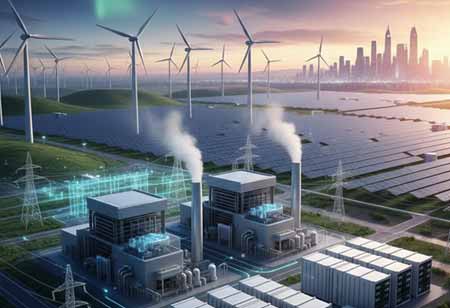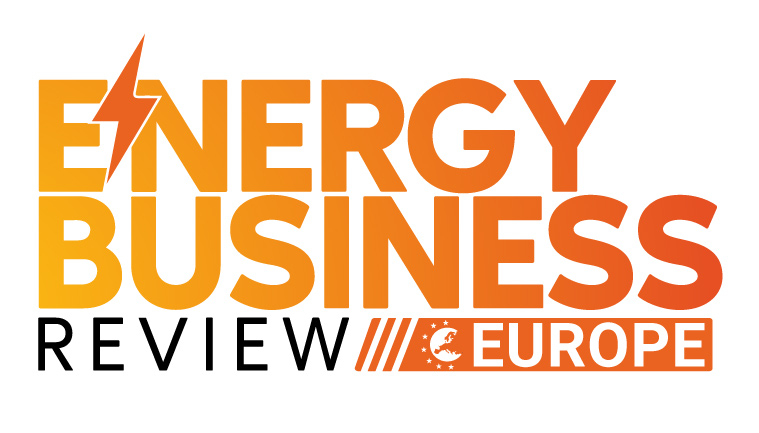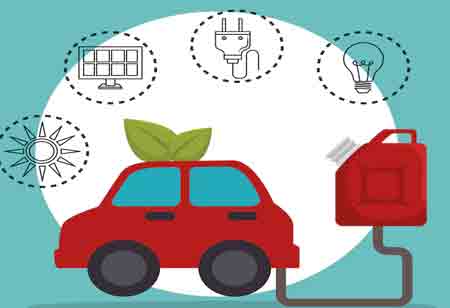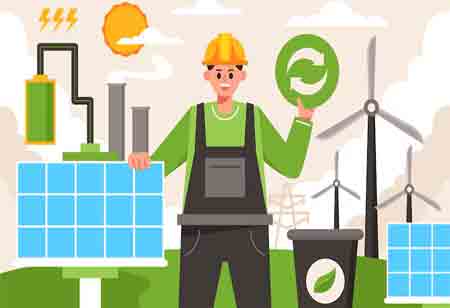Thank you for Subscribing to Energy Business Review Weekly Brief
The Evolving Role of Natural Gas Solutions in a Renewable-Dominated Energy Future
Natural gas is evolving from a fossil fuel to a vital partner for renewables, enhancing grid stability through hybrid systems and low-carbon solutions like hydrogen and CCUS.

By
Energy Business Review | Monday, September 29, 2025
Stay ahead of the industry with exclusive feature stories on the top companies, expert insights and the latest news delivered straight to your inbox. Subscribe today.
Fremont, CA: The global shift toward wind and solar energy is vital for achieving net-zero emissions, but it poses a critical challenge in managing their intermittent power supply. In this evolving scenario, natural gas solutions are shedding their traditional 'fossil fuel' label and adapting to become a critical, flexible partner to renewables, ensuring grid stability and facilitating the overall transition to a low-carbon energy portfolio.
Innovations in Hybrid Systems and Grid Stability
The evolving partnership between gas and renewable energy is being shaped through advanced technological and operational integrations. A prominent development is the rise of hybrid power systems, such as co-located “gas-plus-battery” or “solar/wind-gas” facilities, which pair gas turbines with battery energy storage systems (BESS) and renewable generation assets. These integrated systems optimize output through sophisticated control mechanisms, with batteries managing short-term fluctuations and gas turbines delivering essential, longer-duration reliability and stability that batteries alone cannot yet provide cost-effectively. As traditional synchronous generators, such as coal plants, are phased out in favor of inverter-based renewables, modern gas turbines help maintain grid resilience by providing critical rotational inertia, which stabilizes frequency and buffers against sudden disturbances. To further support renewable integration, gas plants are increasingly designed for operational flexibility, capable of frequent starts and stops, as well as partial-load operation—marking a shift from conventional baseload generation to on-demand system support in high-renewable grids.
The Transition to Low-Carbon Gas Portfolios
To support long-term climate objectives, natural gas solutions are evolving not only to complement renewable energy but also to decarbonize their own operations actively. Integrating Carbon Capture, Utilization, and Storage (CCUS) into both new and existing gas-fired power plants provides a pathway to near-zero-emission electricity while maintaining the reliability and flexibility that gas offers, giving rise to “blue” energy solutions. Innovations such as hydrogen-ready gas turbines enable the co-firing of natural gas with low-carbon hydrogen, including “green” hydrogen produced via renewable-powered electrolysis. They are designed to transition to 100 percent hydrogen over time. Similarly, Renewable Natural Gas (RNG), or biomethane derived from landfills and agricultural waste, can be blended into existing gas infrastructure, leveraging current pipelines while reducing the carbon intensity of the fuel mix. Across the natural gas value chain, targeted methane abatement efforts—focused on detecting and minimizing leaks, venting, and flaring—address a potent short-lived greenhouse gas, further reinforcing the role of natural gas as a supportive transition fuel.
Natural gas solutions are evolving beyond their role as a simple bridge fuel. They are emerging as the essential "Energy Partner" to the renewable revolution. Through innovations in hybrid systems, their indispensable role in providing grid stability and inertia, and their proactive shift towards low-carbon solutions like hydrogen and CCUS, natural gas is cementing its future as a critical enabler of a cost-effective, reliable, and ultimately sustainable, renewable-dominated energy system. The collaborative future of energy is not a contest between gas and renewables, but a carefully choreographed dance that balances reliability with the imperative for deep decarbonization.






